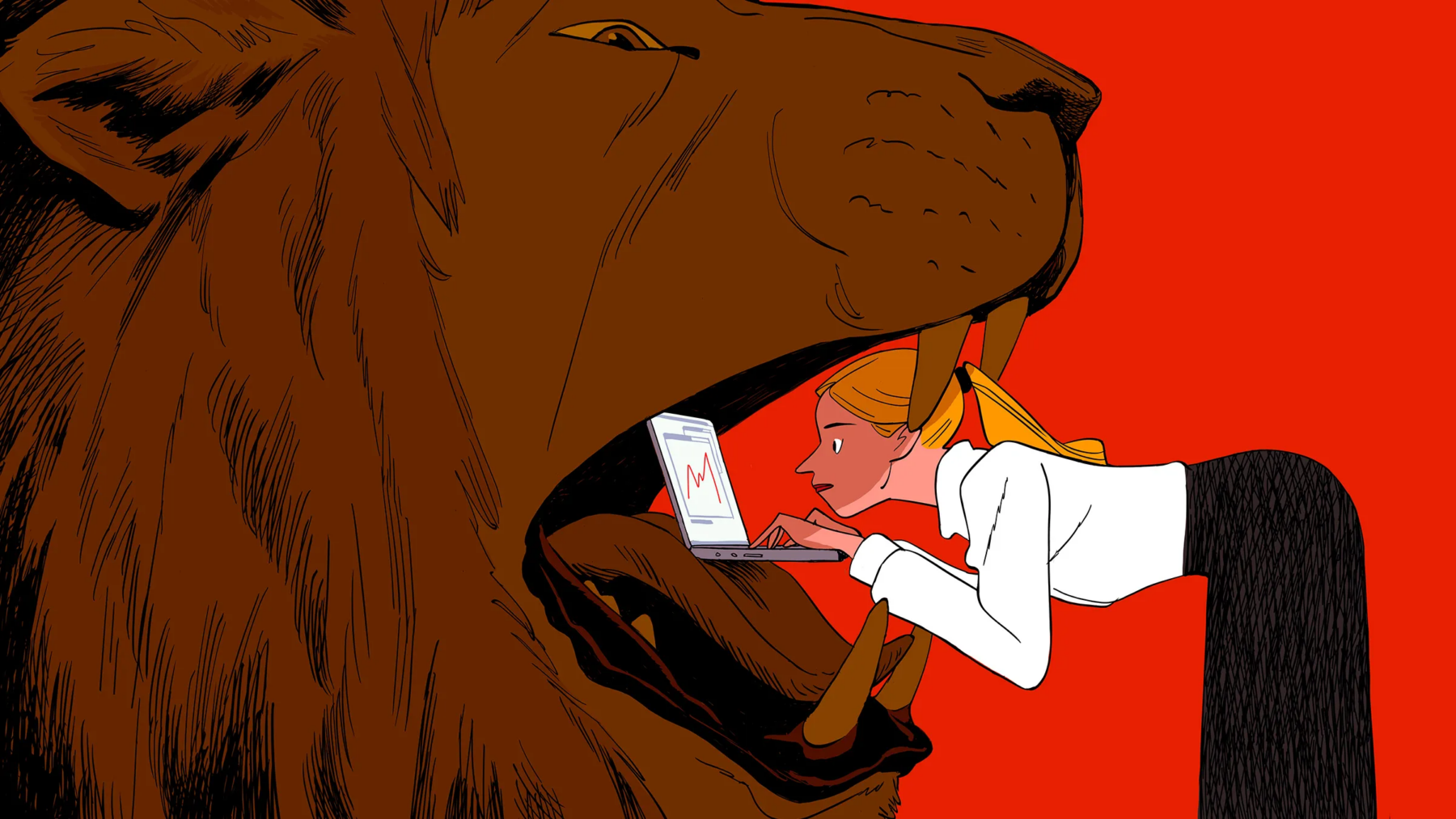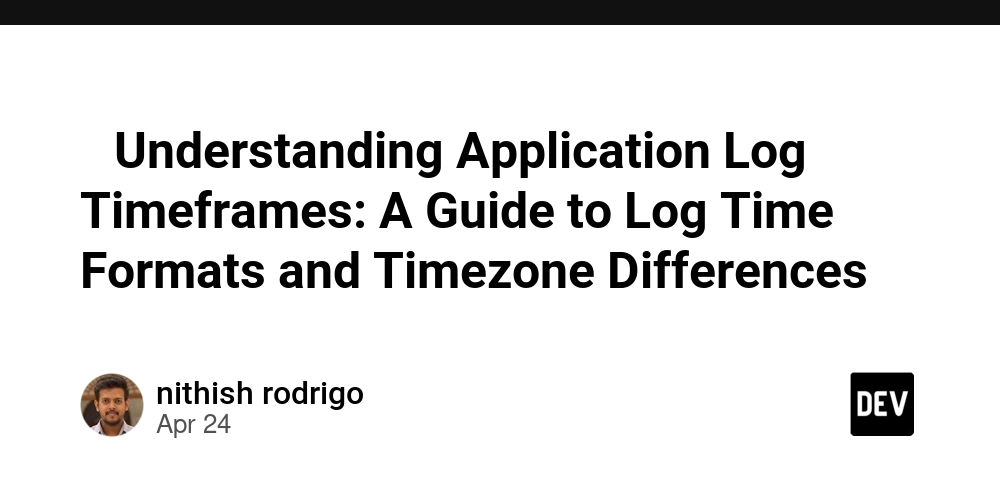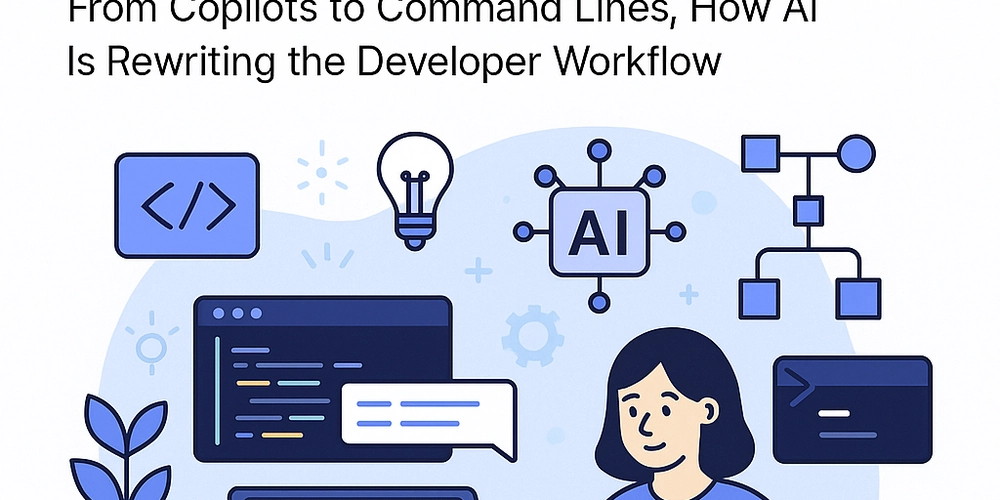Avoid the Unforced Investment Errors Even Billionaires Make
Your Biggest, Most Avoidable, Unforced Investment Errors Adapted from “How Not To Invest: The ideas, numbers, and behaviors that destroy wealth – and how to avoid them” (Harriman House, March 18, 2025) By Barry Ritholtz Tariffs, inflation, war, debt ceiling, profit warnings, geopolitics, market volatility – there’s always something happening to… Read More The post Avoid the Unforced Investment Errors Even Billionaires Make appeared first on The Big Picture.

Your Biggest, Most Avoidable, Unforced Investment Errors
Adapted from “How Not To Invest: The ideas, numbers, and behaviors that destroy wealth – and how to avoid them” (Harriman House, March 18, 2025)
By Barry Ritholtz
Tariffs, inflation, war, debt ceiling, profit warnings, geopolitics, market volatility – there’s always something happening to fuel your urge to make a decision – any decision! – right now. This is the perfect recipe for making an unforced error or easily avoidable mistake.
If only there were some ways to prevent investors from interfering with the market’s greatest strength – the incomparable and guaranteed ability to create wealth by compounding over time.
Decades as an investor and trader on Wall Street have taught me that panics come and go. Drawdowns, corrections, and crashes are not the problem – your behavior in response to market turmoil is what causes long-term financial harm.
In “How Not to Invest,” I showcase extreme examples of “unforced errors” to illustrate these behavioral mistakes. I filled the book with my favorite errors made by ordinary investors, billionaires, and everyone in between (including myself) – and how to avoid them.
It does not require a monumental blunder to screw up – even modest mistakes can lead to bad outcomes. Five favorite examples reveal some of the mistakes we all make.
Excess fees: You may have missed this when it slipped by last August: “Secretive Dynasty Missed Out on Billions While Advisers Got Rich.” Two managers of a single-family office siphoned off so much money that each became a billionaire. As Bloomberg News reported, had their advisors followed a simpler, less “audacious” strategy, the family would have ended up $13-17 billion richer.
The reporters did not suggest wrongdoing, but allow me to point out that any advisor, let alone two, who became billionaires while wildly underperforming their benchmarks are obviously not fiduciaries. The article suggests they were more interested in their own financial well-being than that of their clients. The Latin phrase “Res ipsa loquitur” comes to mind: “The thing speaks for itself.”
All costs impact your returns, but high or excessive fees have an enormous impact as they compound – or, more accurately, lessen your portfolios’ compounding – over time. Fees of 2% plus 20% of the profits are a huge drag on performance. Other than a handful of superstar managers (most of whose funds you cannot get into), the vast majority of these managers fail to justify their costs.
Underperforming Your Own Holdings: The ARK Innovation ETF (ARKK), managed by Cathie Woods, had one of the best runs of any mutual fund or ETF manager—ever. For the 2020 calendar year, the fund gained 153%; from the March 2020 COVID lows to its peak 11 months later, ARKK’s returns were an eye-popping 359%. Woods was lauded with recognition—and huge inflows.
Therein lay the behavior gap: Most investors bought ARKK after its huge run.
Despite – or perhaps because of – having one of the greatest peak-to-trough runs in ETF history, ARKK investors have been wildly underperforming. Chris Bloomstran, chief investment officer of Semper Augustus Investments Group, has tracked this. In 2023, he tweeted a list of overlooked facts. The most devastating: 98% of all ARKK investors were underwater.
Why? Most ARKK ETF holders got in near the 2020 top after its surge. This was just before an 81% collapse that bottomed in December 2023. This is classic performance-chasing behavior. You see this all the time: After a huge run of spectacular gains, the media fetes a manager, and buyers pour in late. The inevitable mean-reversion soon follows.
The average ARKK investor has seen results far worse than the fund itself, according to data from Morningstar. Since its 2014 inception, the fund has returned 9.7% on average per year. That’s far below the triple-digit returns investors dreamt of, but in line with long-term stock returns. For [ARKK] investors, it’s even bleaker: Their average annual return, calculated by Morningstar, is -17 %.
Buy high, sell low, repeat until broke.
Your Lizard Brain: One of my favorite behavioral hacks is for you stock junkies: Manage your lizard brain via a Cowboy Account.
Love chatting about stocks at cocktail parties? Excited about FOMC meetings and Non-Farm Payroll releases? Do you hang on every word whenever a famous fund manager shows up on TV? Then you are probably (like me) a dopamine fiend.
It’s not your fault, it’s just how you are built. Our lizard brain – the primitive part of the brainstem responsible for emotions, fear, aggression, pleasure, and the fight-or-flight response – has done a great job keeping us alive as a species.
But your limbic system, as it is more accurately called, fares poorly in capital markets. You must take steps to protect yourself from, well, yourself. Set up a mad-money account with less than 5% of your liquid capital. This will allow you to indulge your inner hedge fund manager safely. If it works out – great! You are more likely to let those winners run because it’s for fun and not your real money. If it’s a debacle, appreciate the terrific lesson that should remind you that this is not your forte.
Nobel laureate Paul Samuelson once said, “Investing should be more like watching paint dry or watching grass grow. If you want excitement, take $800 and go to Las Vegas.” The cowboy account serves the same function.
Using 2% of my liquid net worth in my cowboy account, I play the dumbest game possible: market timing with out-of-the-money stock options. I have made some fortuitously timed buys, including Nasdaq 100 (QQQ) calls purchased during the October 2022 lows. I was up so much on that trade that my trading demons were emboldened. So I bought Silicon Valley Bank options (SVB) right after it got cut in half—but right before it went to zero. The SVB loss served me right; it was a reminder of how quickly I get cocky and arrogant after a score.
The value of my cowboy account is that it allows my inner dopamine fiend to leave my real capital unmolested by my big dumb lizard brain.
Manage a Windfall: What should you do when you are sitting on enormous, life-changing wealth? It doesn’t matter if it is Nvidia, Bitcoin, founder’s stock, or an employee stock option purchase plan (ESOP), sometimes the sheer size of a windfall is paralyzing.
An instructive war story: During the mid-1990s, a grad school buddy took a senior job at a tech startup that came with lots of stock. In late 1996, they were bought by Yahoo! Inc. The shares in the startup were replaced with Yahoo stock options that had a six-year vesting schedule, with 30% vesting after three years and the balance vesting in ~2% monthly increments in years four, five, and six.
I was on a trading desk then, and it was heady times. Tech stocks and dotcoms kept galloping higher, doubling and tripling. Every sale was a source of regret, as stocks kept going up, up, up.
Those YHOO options represented a great deal of wealth—not fun money, but life-altering amounts of capital. My buddy could pay off his mortgage and car loans, pre-pay the kids’ colleges, fully fund retirement accounts, and still have cash left over. He could take any job he wanted for the rest of his life—or none at all.
Torn about what to do, he asked my opinion.
My advice was not based on fear of a bubble or the (over)valuation of Yahoo; rather,
I suggested employing a regret minimization framework.2 All investments have a range of possible outcomes, but given how much money was at stake, I suggested focusing on two outlier tails at each end of the spectrum:
Scenario One: Hold, and Yahoo’s stock tumbles from $300 to $30.
Scenario Two: Sell, and the shares soar to $3,000.
How would you feel if either of these occurred?
If he sold his vested shares and the stock went higher, he would still own a lot of options. The probability of that outcome wasn’t the issue; what really mattered was the other tail, and a lifetime of regret if the stock collapsed but he didn’t sell.
It was an easy choice: He sold the 30%, and watched the stock rally for a few months, then collapse. He was thrilled, but not everyone at Yahoo was so fortunate. Stories abounded of paper decamillionaires (and billionaires!) who saw much of their paper wealth evaporate in the subsequent crash, never to recover.
If you are sitting on a massive windfall, recognize these facts: a) we have no idea where prices will be in the future, and b) selling some of the windfall can be a life-changing experience for you and your family.
It doesn’t have to be an all-or-nothing decision. The middle option is to sell enough —~25% to 50%— to become wealthy, and not just on paper. Doing this locks in sufficient wealth to eliminate a lot of life’s money-related worries. It still leaves you with plenty of upside if the best-case scenario turns out to come true. And third, it protects you from lifelong regret in case of a dotcom-like collapse (I know, impossible!).
Chasing Yield: In the low yield environment of the past quarter-century, there have been three common yield mistakes: 1) Buying longer-duration bonds; 2) Buying riskier, low-rated junk bonds; or 3) Using leverage to amplify your gains.
All of these strategies have been money-losers this century.
Duration and leverage issues are well known, but let’s discuss adding risk: In 2004, I walked into my office’s conference room to hear a rep from Lehman Brothers pitch a higher-yielding fixed income product: “AAA-rated, safe as Treasuries, but yielding 200-300 basis points more.” That was the pitch for securitized subprime mortgages (MBS).
This was impossible, and I said so: “Either you guys are either going to win the Nobel prize in economics or go to jail. There is nothing in between.” (I got called into our general counsel’s office for that one) Regardless, we know how that “Free lunch” worked out.
The key error was not understanding that risk and reward are two sides of the same coin. If you want more yield and you pursue riskier outcomes, you increase the chance that you not only won’t get the higher yield but may not get your principal back also.
Few mistakes have been more costly than “chasing yield.” Ask the folks who loaded up on MBS for the extra yield how they did.
~~~
There is an endless assortment of ways to make mistakes that hurt your portfolio. Most fall into four broad categories: you believe things that are not true; you attempt to operate outside of your narrow skill set; you allow your behavior to be driven by emotions; last, you fail to let time work for you.
Instead of trying to score more wins, consider instead making fewer errors. If investors could get out of their own ways, make fewer decisions, and less mistakes, they would be so much better off…
Click here to learn more about How NOT to Invest.
__________
1. “Secretive Dynasty Missed Out on Billions While Advisers Got Rich” The family would have done better if they’d put their wealth in a low-cost index fund.
By Devon Pendleton, Dasha Afanasieva, and Benjamin Stupples (With assistance from Karolina Sekula, Tom Maloney, Pui Gwen Yeung, and Marton Eder)
Bloomberg August 13, 2024
2. These two possibilities — a 10-fold increase versus a 90% drop — are roughly symmetrical in terms of math (but probably not probabilities). Both were possible; neither was analyst consensus at the time. The latter turned out to be what occurred.
The post Avoid the Unforced Investment Errors Even Billionaires Make appeared first on The Big Picture.








































































